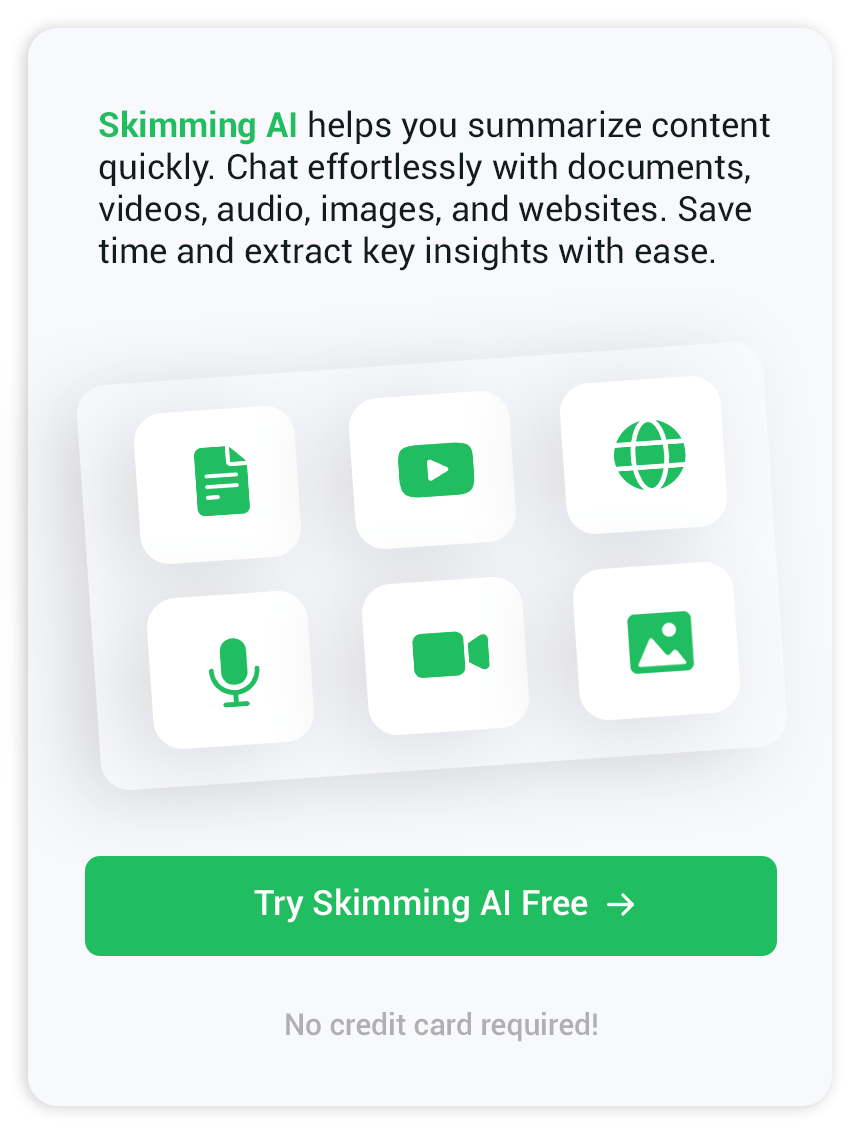Convert Video into Text: The Complete Guide to Fast, Accurate Transcripts
Why Turning Video into Text Matters
Video dominates online engagement, yet text still rules search and accessibility. Converting spoken words into written language enables viewers to skim, aids search engines in understanding content, and paves the way for captions that support Deaf or hard-of-hearing audiences. Marketers reuse transcripts as blog posts, social teams pull quotable lines for social media, and teams archive meeting recordings in searchable form—all from the same source material.
Core Methods for Converting Video into Text
Automatic Speech Recognition (ASR) Platforms
Cloud-based engines identify words by matching audio patterns against vast language models. Upload a file or paste a link, then receive a transcript within minutes. Good platforms support dozens of languages, punctuation, speaker labels, and timestamps.
Manual Transcription
Human listeners type what they hear. This path suits specialized terminology or uneven recordings that confuse algorithms. It is slower and costs more, yet still finds a home in legal, medical, and broadcast workflows.
Hybrid Approach
Start with ASR to get a quick draft, then polish the text yourself or hand it to a proofreader. You balance speed with nuance while controlling budget.
Key Features to Look for in a Video-to-Text Tool
Accuracy and Language Support
Look for natural punctuation, reliable word recognition across accents, and a vocabulary that handles industry jargon.
Format and Export Options
Common exports include TXT, DOCX, SRT, and VTT. Flexible tools also provide JSON or CSV for developers.
Editing and Collaboration
A built-in editor that follows the audio timeline speeds up cleanup. Comment threads, version history, and share links let teammates chime in without juggling files.
Security and Privacy
Check encryption, data-retention windows, and any human review policies. Sensitive footage, from board meetings to patient interviews, deserves iron-clad protection.
Step-by-Step Workflow for Instant Transcription
Prepare Audio
Reduce background noise, capture speakers clearly, and avoid crosstalk. Clean input yields cleaner text.
Upload and Process
Drag the file into a video-to-text converter or paste the video URL. Select language, turn on speaker detection if needed, then hit transcribe.
Review, Edit, Export
Play the video inside the editor, correct misheard words, tag speakers, and insert section breaks. When satisfied, export to your chosen format and share.
Top Tools Worth Trying Today
- Evernote AI Transcribe—integrated note-taking plus drag-and-drop transcription.
- Vizard Video to Text Converter—web-based, generous free tier, subtitle extras.
- HappyScribe—broad language catalog and collaborative workspace.
- ElevenLabs Scribe—speaker labels and word-level timestamps for long-form content.
- Skimming AI—use the Skimming AI for instant highlights that pair perfectly with full transcripts.
Best Practices for Cleaner Transcripts
- Record with a decent microphone close to each speaker.
- Encourage speakers to pause between sentences; overlapping voices confuse algorithms.
- Remove filler words while editing to improve readability.
- For multilingual videos, split tracks or run separate passes per language.
Frequently Asked Questions
Are video-to-text converters free? Many offer time-limited free plans; heavy users move to pay-as-you-go or subscriptions.
Which format should I choose? Writers like DOCX, caption editors prefer SRT or VTT, and developers integrate JSON.
Will transcripts process different languages? Leading services recognize dozens of languages and dialects; check the tool’s list before uploading.
Ready to turn your footage into searchable prose? Pick a platform above, upload your following clip, and watch spoken words become written insight in moments.


